By Joseph Frantiska, Jr.
As soon as one caveman threw a rock in anger at another, the human race took a giant step forward in warfare. No longer were people relegated to close-in, hand-to-hand combat. In the same manner, warfare took another big step when the first aerial bomb was dropped, actually thrown, from an aircraft. The rock and bomb really weren’t that much different from one another. Each could be pointed in a certain direction and released at a chosen point in time. From that point until impact, the projectile was governed solely by the laws of physics with no human intervention possible.
Aerial bombardment at the beginning of World War II had entered an important phase of refinement with the introduction of the Norden bombsight. The direction, speed, altitude, and time of bomb release could be chosen with greater accuracy, but midcourse corrections were still not possible. While the United States Army Air Forces (USAAF) touted its ability in precision bombing (generally within a 1,000-foot circle around the target), it still was not able to perform pinpoint bombing. Bombs needed to get “smart.”
Fritz-X: Nazi Germany’s Guided Bomb
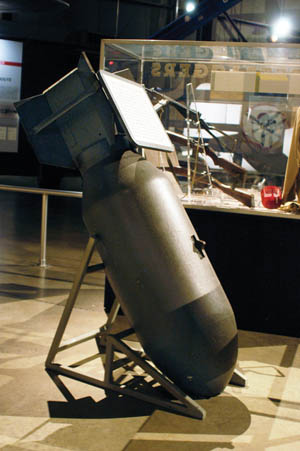
At about this same time, the Third Reich was also interested in guided weapons. The German Condor Legion had experienced great difficulty attacking maneuvering ships with freefalling bombs during the Spanish Civil War. Dr. Max Kramer, while working for the German company Ruhrstahl A.G., started the development of guided bombs in 1938 by adding radio-controlled spoilers to the X-shaped tail surface of a 550-pound bomb. By 1940, the system was incorporated on a 1,400-kilogram, armor-piercing bomb designated the FX-1400 and called Fritz-X. The Fritz-X was 10 feet, 6 inches long and weighed 3,469 pounds. Its armor-piercing warhead, with 660 pounds of high explosives, could penetrate and sink even the largest battleships.
The Luftwaffe began operational testing of the Fritz-X in early 1942. The normal attack profile was a level delivery from 18,000 feet, initiated three miles from the target. This required good visibility and was restricted by anything more than very limited cloud cover. After release, the delivery plane decelerated rapidly, almost to a stall, and lowered flaps, allowing the bomb to get in front of the aircraft. A bright flare on the tail enabled the bombardier to visually guide the bomb with radio signals by superimposing the bomb over the target. Wire-guided versions were also developed and employed to counter jamming. During its ballistic flight path, the Fritz-X reached a velocity of 950 feet per second, and the impact point could be corrected 1,640 feet in range and/or 1,148 feet laterally.
A special squadron, III/ Karnpfgeschwader (KG) 100, was trained in Dornier Do 217K-2 aircraft to employ the Fritz-X against ships and was operational in March 1943. Seven hundred and fifty Fritz-Xs were produced and stockpiled at numerous coastal airfields throughout Europe. On September 9, 1943, a flight of six Do 217s launched from Istres, France, to attack the defecting Italian Fleet. The fleet, consisting of three battleships, including the ultra-modern Roma, six cruisers, and many auxiliary ships, was spotted. The Roma started an evasive turn but took a direct hit just forward of the front stack. A major fire started, and when the fire reached the forward magazine a huge explosion ripped open the hull. The Roma sank quickly, taking 1,254 men to the bottom of the Mediterranean, and became the first capital ship sunk by a guided bomb.
A proficient bombardier could consistently guide the Fritz-X to within 15 feet of a moving target during training. However, during combat operations direct hits were recorded in only about 30 percent of Fritz-X launches. In 28 attacks between August 1943 and February 1944, the Germans sank only one ship and damaged four others with the Fritz-X.
The American AZON Bomb
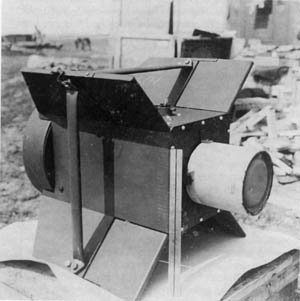
The Allies’ guided bomb efforts started in April 1942, when the USAAF Materiel Command began the development of the azimuth-only (AZON) family of guided bombs. It was invented by Major Henry J. Rand and Thomas J. O’Donnell as the answer to the difficult problem of destroying the narrow wooden bridges that supported much of the Burma Railway. However, AZON was also used in the European Theater of Operations, as well as in the Pacific Theater.
The initial variant, designated Vertical Bomb-1 (VB-1), was based on a 1,000-pound bomb that was modified with a new tail unit. A later variant, the VB-2, was fitted to a 2,000-pound bomb. The tail unit consisted of a gyroscopic stabilization unit that prevented the bomb from spinning and weaving in unwanted directions as various corrections were made. Compressed air kept the gyros spinning during the time of the fall. The VB-1 also had a 600,000 candela flare for optical tracking, an octagonal shroud with control surfaces, and a radio command receiver. When a VB-1 was dropped, the bombardier could track it through his bombsight and use a joystick-type control to send corrective commands to the bomb. The AZON guidance system allowed only in-azimuth or lateral course corrections, and errors in range could not be corrected.
Due to its AZON guidance, the VB-1 was particularly suited to long and narrow targets like bridges or railways where range errors would be irrelevant. For normal targets, however, the VB-1 was actually not as good as unguided freefall bombs because a bomber could not break away immediately after dropping the bomb, and the accuracy was not effectively increased because of the lack of range control.
Elevators similar to preset trim tabs were attached to the collar on the control surfaces of aircraft. The elevators created a stabilizing effect on the falling bombs, allowing greater ease in altering the missile’s azimuth. Four braces were connected to the fins to support the aileron and rudder controls. The four braces were also the antenna for receiving the signal from the transmitter. The AZON transmitter antenna was located at the rear of the plane. The antenna was approximately three feet in length. One day a person who was not connected to the AZON group got curious about the antenna. He asked what the antenna was used for. A ground crewman, involved with the AZON equipment and mindful of the high degree of classification surrounding the project, answered, “It is a highly classified flak repellent gadget. It keeps the plane from getting hit.”
The bombardier’s joystick control was a BC-1156 pogo stick unit connected to a BC-1158 radio set that transmitted through the external antenna. Each aircraft had three antennae mounted beneath its tail section for control purposes. One transmitted a signal on 475 cycles for left deflection, one on 3,000 cycles for right deflection, and the third at 30-40 cycles to activate the smoke-generating system. All three frequencies were changed periodically to prevent jamming by enemy radio monitoring crews.
The AZON entered production in 1943, after earlier development by USAAF’s Air Technical Service Command.
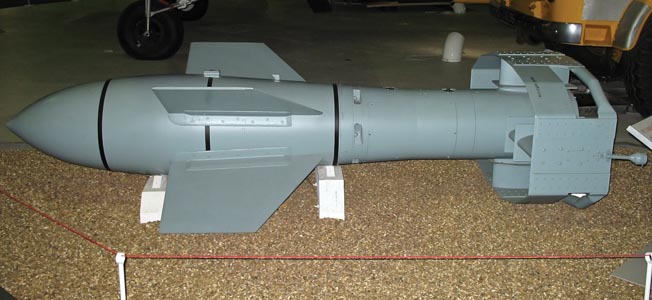
Bridge Busting With the AZON
The AZON used an annular tail assembly like the Fritz-X, was roll stabilized like the Fritz-X, but since it could only be steered in azimuth its range error on delivery was similar to an unguided or dumb bomb. A peculiarity of the AZON guidance set was the fact that only five different radio channels were available for the command link, so that not more than five bombs could be controlled independently. Although in theory a whole group of bombs using the same command channel could be controlled simultaneously, this was not practical. The accuracy of all but the primary bomb (i.e., the one that was tracked by the bombardier) in such a group was rather bad because the gyro-stabilized, nonspinning AZON bombs showed a significant dispersion. The AZON kit was produced until November 1944, by which time 15,000 units were built. It was deployed in the European Theater of Operations from February 1944, and used extensively in Burma for bridge-dropping strikes. The Fifteenth Air Force in the Mediterranean Theater is credited with AZON attacks on the Danube River locks and the Avisio viaduct. In Burma, AZONs were used to destroy 27 bridges using 493 bombs, including the famous Kwai River bridge.
Marion Crawley, a B-24 radio operator, recalled his participation in the AZON program: “Orders came to bomb Bridge 277 at low level. Our bombardier Frank made a good hit, knocking the steel and concrete bridge out in one span. Our crew received credit for hitting the bridge. There were no planes lost although we took some hits. Only one life was lost in all of the planes going after the bridge, which I later learned was the famous ‘Bridge on the River Kwai.’”
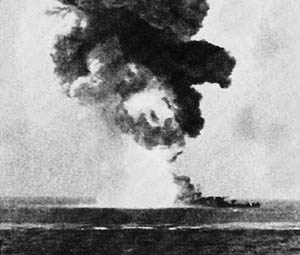
The 7th Bombardment Group experienced better success in Burma in late 1944 and early 1945. AZON’s greatest success came in Burma on December 27, 1944, when just nine vertical bombs demolished a rail bridge at Pyinmana, Burma, that had stood despite a rain of thousands of bombs in the two previous years.
On December 30, 1944, the 7th Bomb Group’s 493rd Bomb Squadron put four B-24s equipped with 28 AZON bombs in the air along with two regular Liberators. The primary target was the Nyaungchudauk bridge in Burma with the Nyaungchudauk bypass bridge as the first alternate target and the Taungup as the second alternate. Six direct hits demolished the primary Nyaungchudauk bridge. The Nyaungchudauk bypass bridge was destroyed with two direct hits. The regular B-24s failed in their attempt to destroy the nearby Okshitpin bridge, but the AZON crews destroyed it in two passes. The AZON crews then crossed the mountains to drop a span of the Taungup road bridge. In all, four major bridges were disabled with a few AZON bombs still remaining.
The 493rd Bomb Squadron and other 7th Bomb Group units later destroyed 27 difficult bridge targets using 459 AZONs of which 12-15 percent scored direct hits. A total of 1,357 AZONs were dropped in Burma, destroying 41 bridges and damaging 12 more. Average errors observed were 131 feet in azimuth and 207 feet in range.
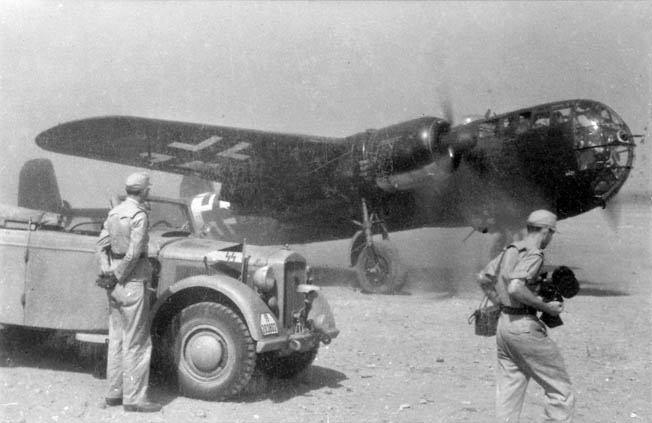
Another participant of AZON missions in the Pacific Theater, B-24 navigator Leo Eatman, knew well how hairy the AZON missions could get: “The purpose of the AZON capability was to make it possible to destroy specific identifiable objects or targets, not area bombing. Bridges, railroad marshaling yards, and even airfields were the specific targets. To ensure better results, we would approach the targets at altitudes of 4,000 feet to 6,000 feet, not from 10,000 or higher. This altitude reduced the wind factor and gave the bombardier a closer look at the direction of the falling bomb.
Limitations and Dangers of Deploying the AZON
Most field commanders were unenthusiastic about this new weapon since they felt azimuth steering did not increase accuracy and bomber casualties would be increased by prolonging the bombing run until impact. The U.S. Eighth Air Force rejected AZON in February 1944, and the first batches went to the Fifteenth Air Force in Italy. The Fifteenth Air Force bomb groups learned fast and scored direct hits on the Danube locks at the Iron Gates and the Avisio viaduct south of the Brenner Pass.
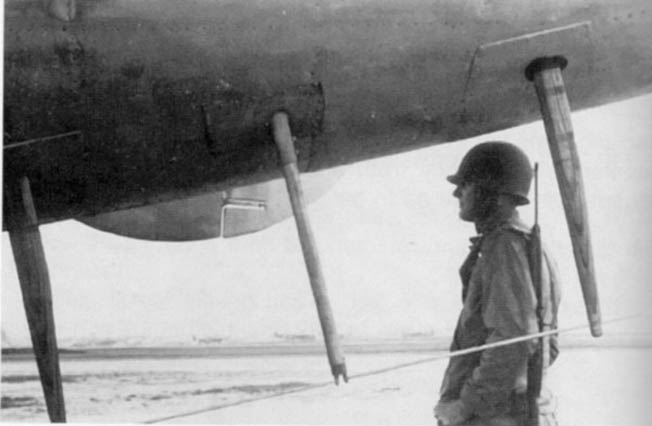
AZON missions were flown from May 1944 to September 1944 in the European and Mediterranean Theaters, with generally unsatisfactory results. Analyses found that while the equipment functioned well enough antiaircraft defenses made the medium altitude approach and long loiter time above the target during the bomb’s descent particularly hazardous for aircrews.
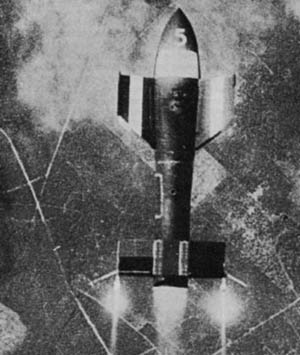
Lieutenant Colonel Richard T. Headrick recalled in his memoirs his mission to bomb the Ancona-Rimini rail line in Italy: “Their AZON bombs were gyro-stabilized so that they would not spin like a football being passed. They had a built-in radio receiver with which they could guide the bomb right and left. The equipment came from a model airplane shop in Boston.
“The railroad line was there. We were all on automatic pilot. We saw the Ancona harbor off to the right in the distance. The well-polished rails reflected the sunlight brightly. The bombsight brought us into the proper position for bombing and corrected for drift, which would minimize the necessity for any radical turns of the bombs under radio control.”
The first bomb to land from his plane was dead center on the tracks, he said.
To overcome the inherent limitation of azimuth-only bomb control, the next version had dual control axes and was called range and azimuth (RAZON). It was completed at the close of the war but was never used.
The JDAM: AZON’s Legacy
The latest example in the long lineage of guided munitions started by AZON is the Joint Direct Attack Munition (JDAM). JDAM is a low-cost, add-on guidance kit like AZON that converts existing dumb bombs into accurate, all-weather smart munitions. JDAM-equipped bombs are guided to their target by an integrated inertial guidance system coupled with a global positioning system (GPS) receiver for enhanced accuracy, giving them a published range of up to 15 nautical miles from the release point.
The first JDAMs were delivered in 1997 with operational testing conducted in 1998 and 1999. More than 450 JDAMs were dropped during testing, recording an unprecedented 95 percent system reliability while achieving a 9.6-meter accuracy rate. What would Rand and O’Donnell think now?
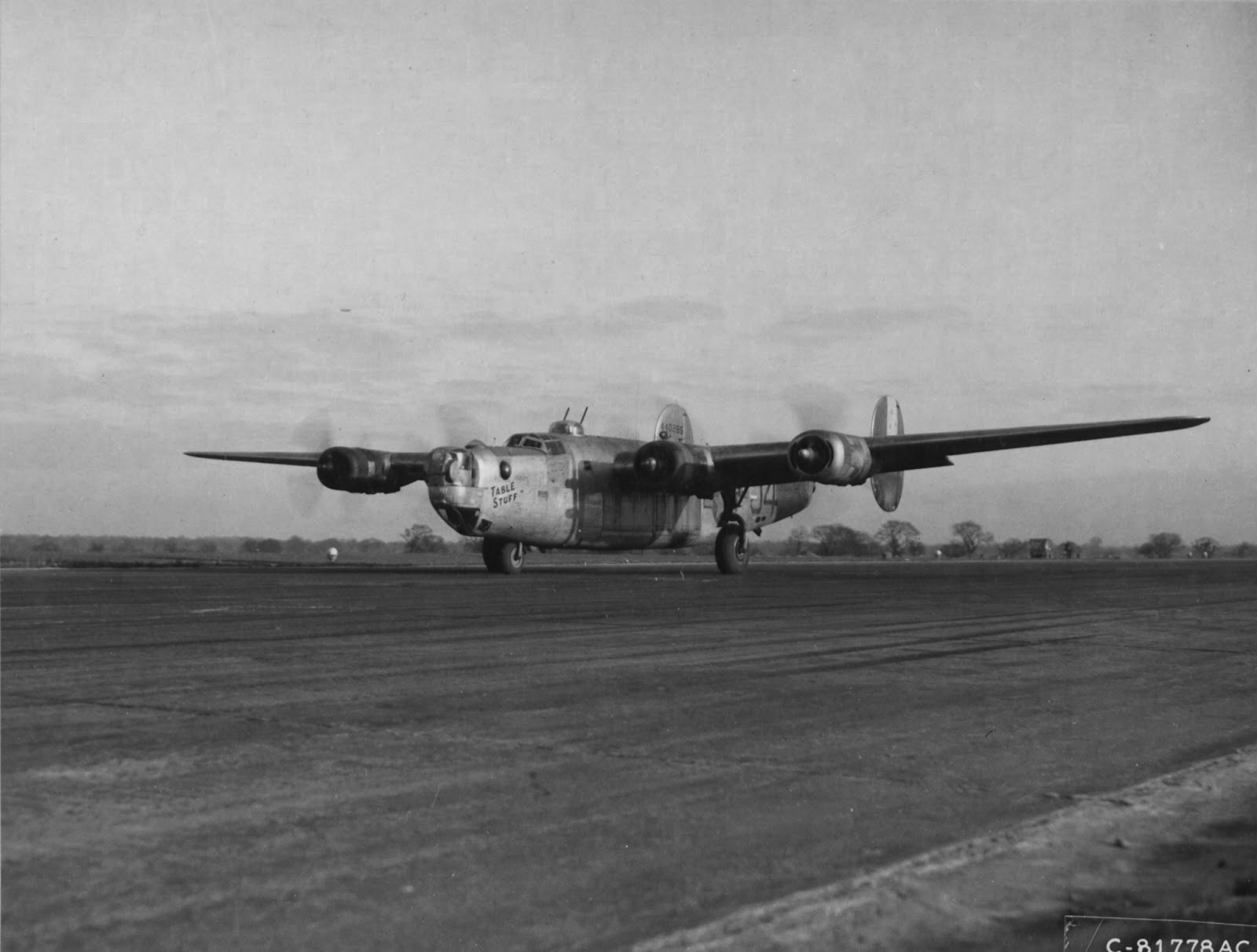
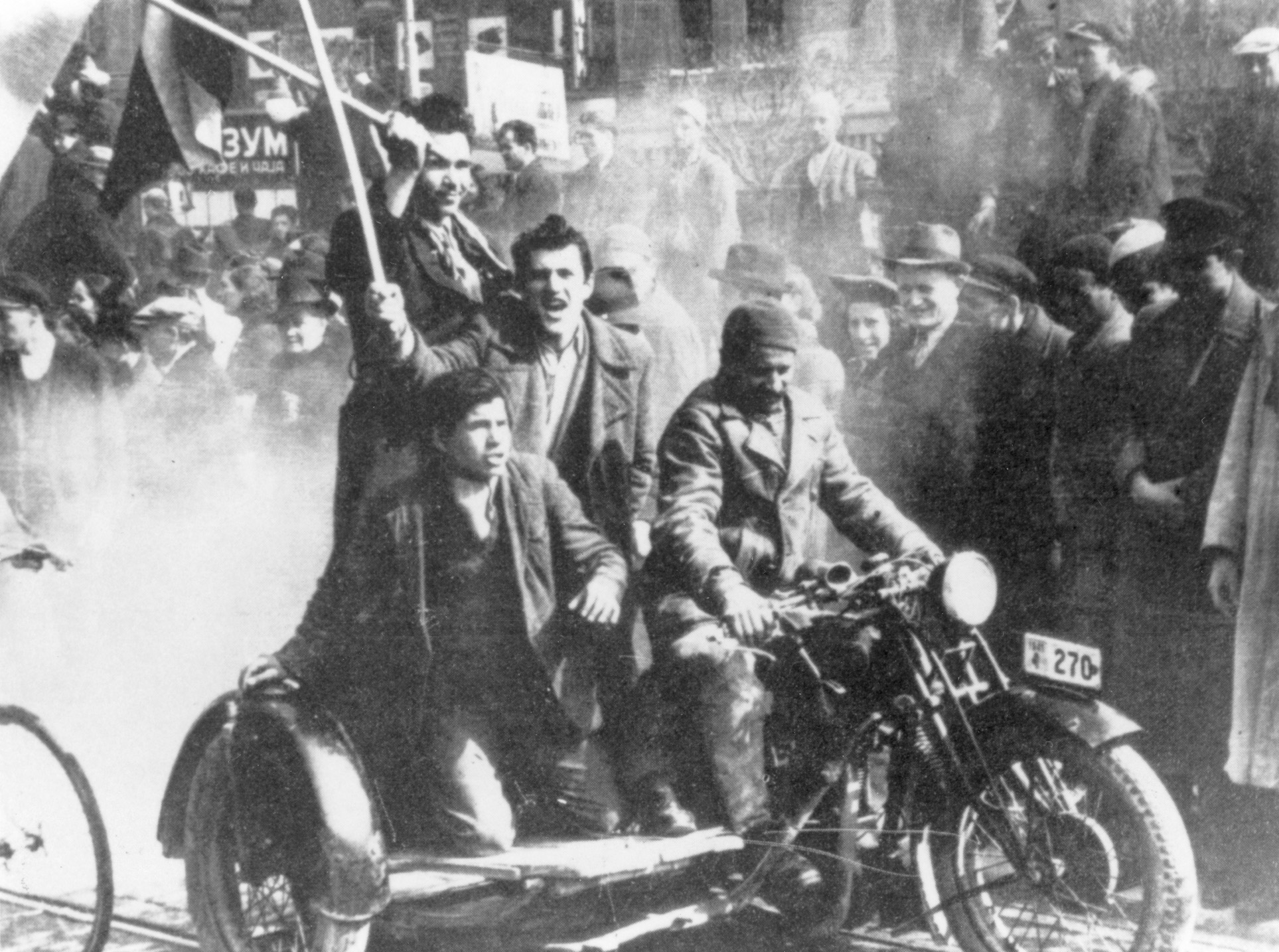
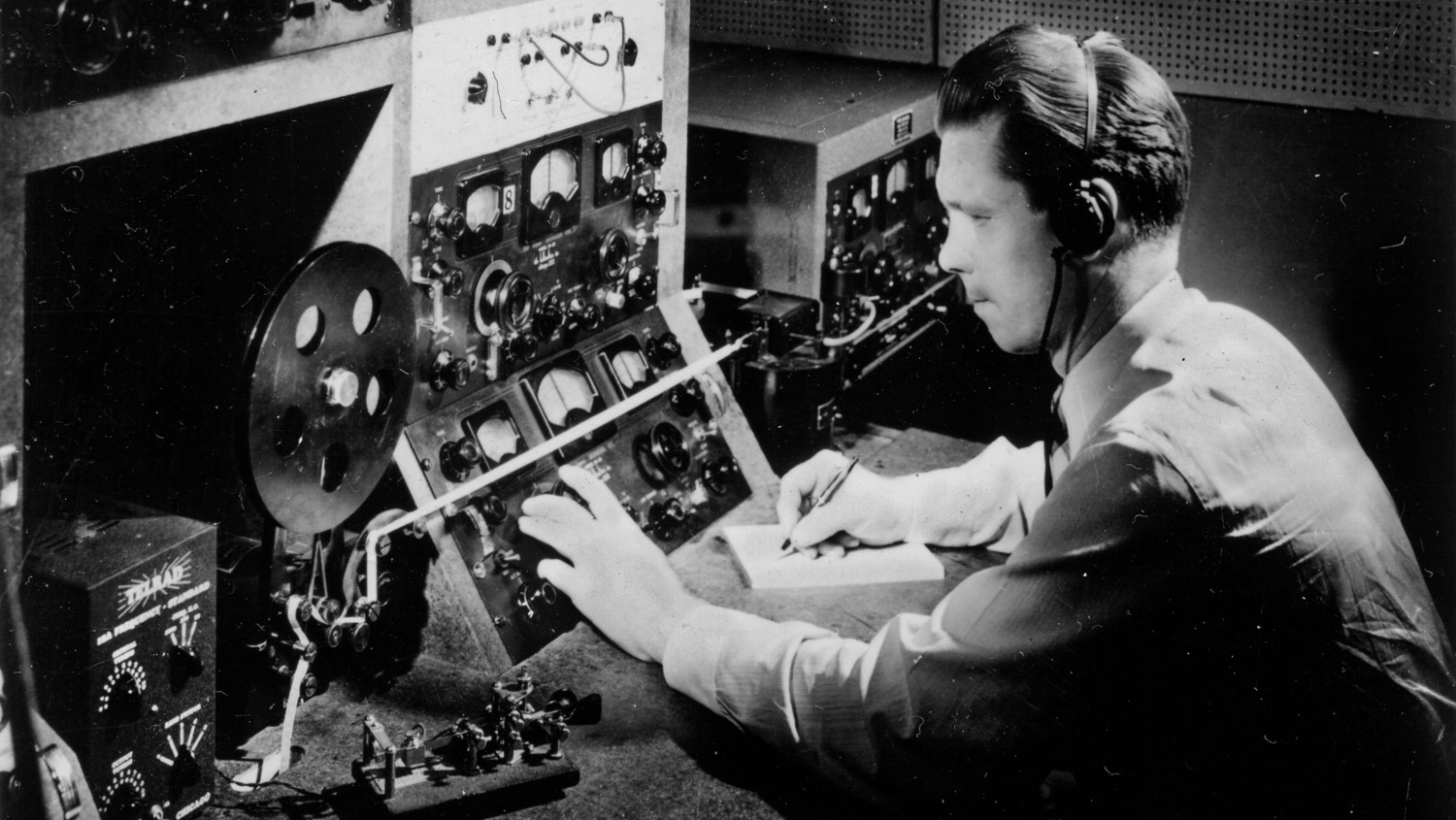
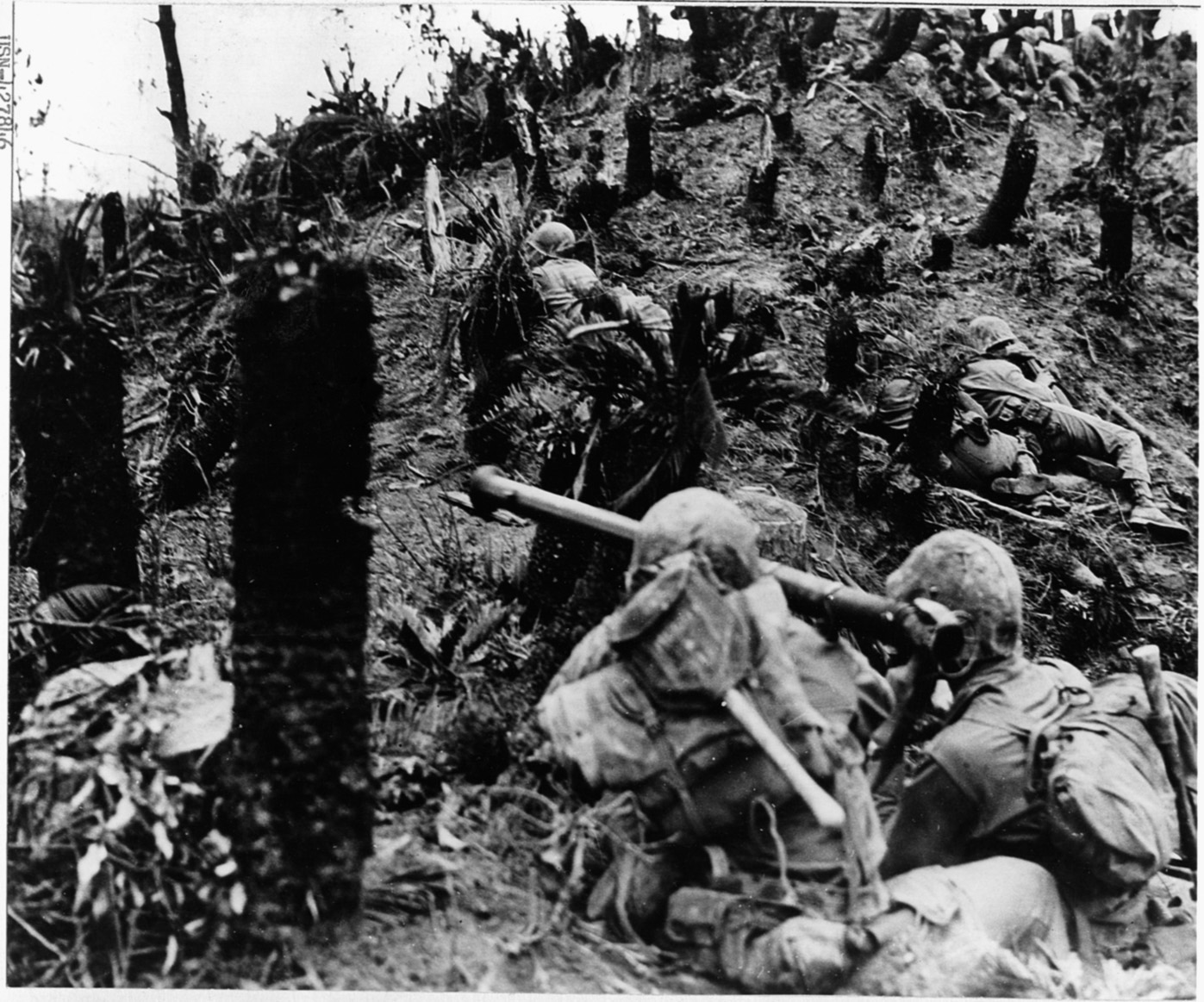
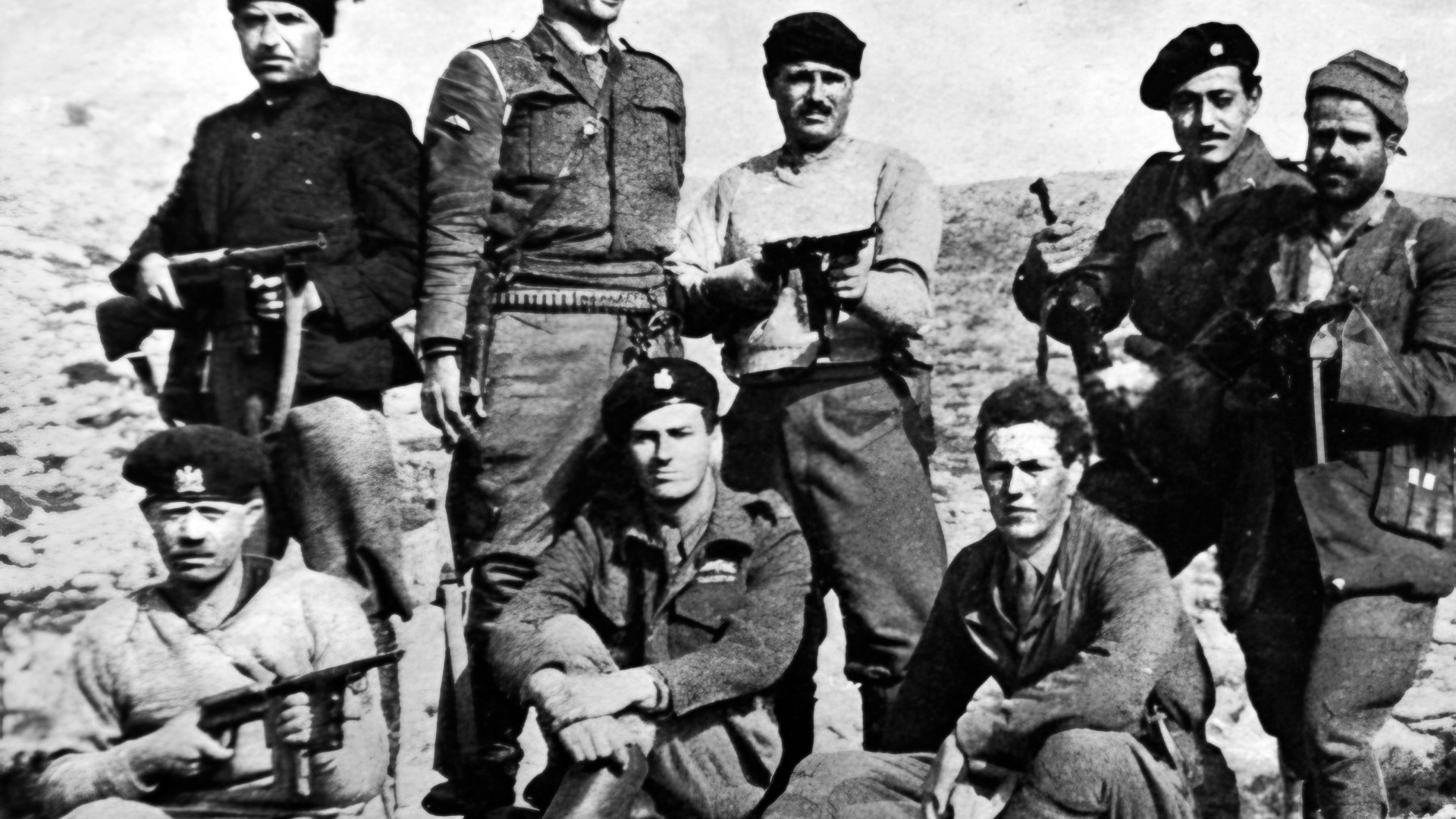
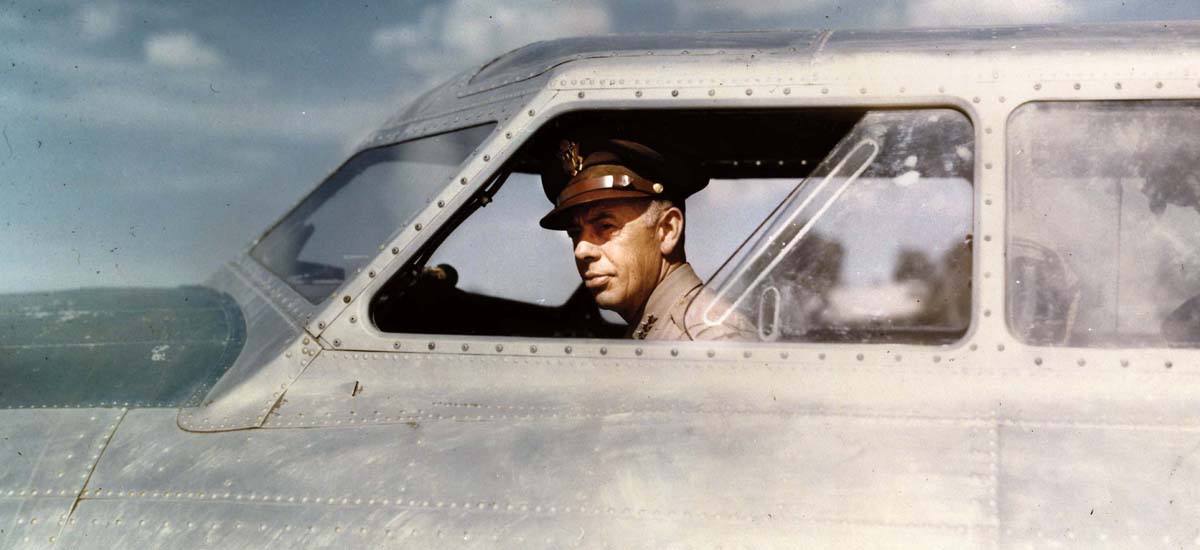
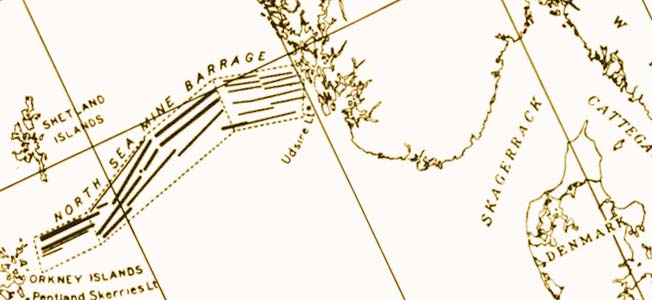
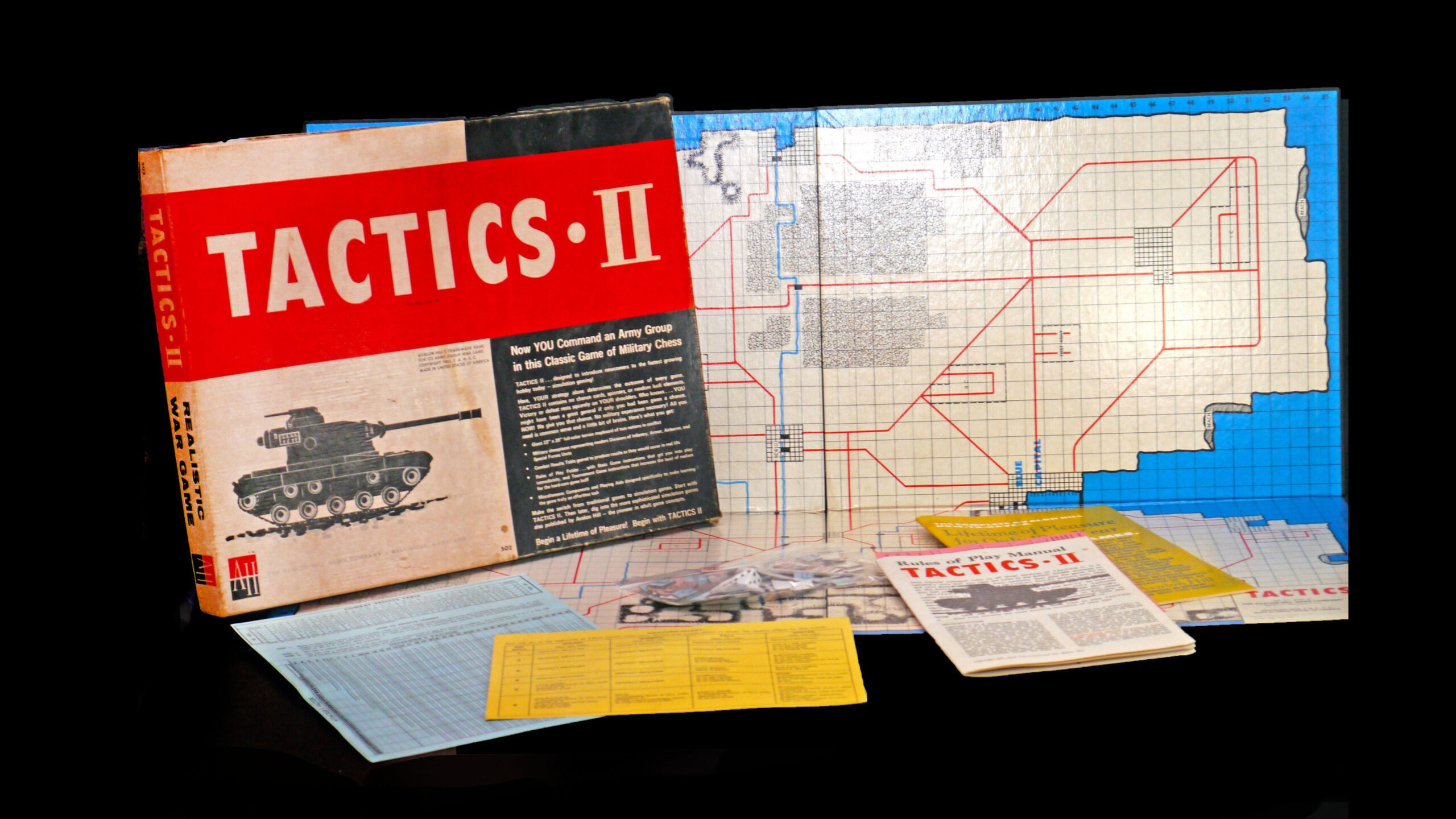
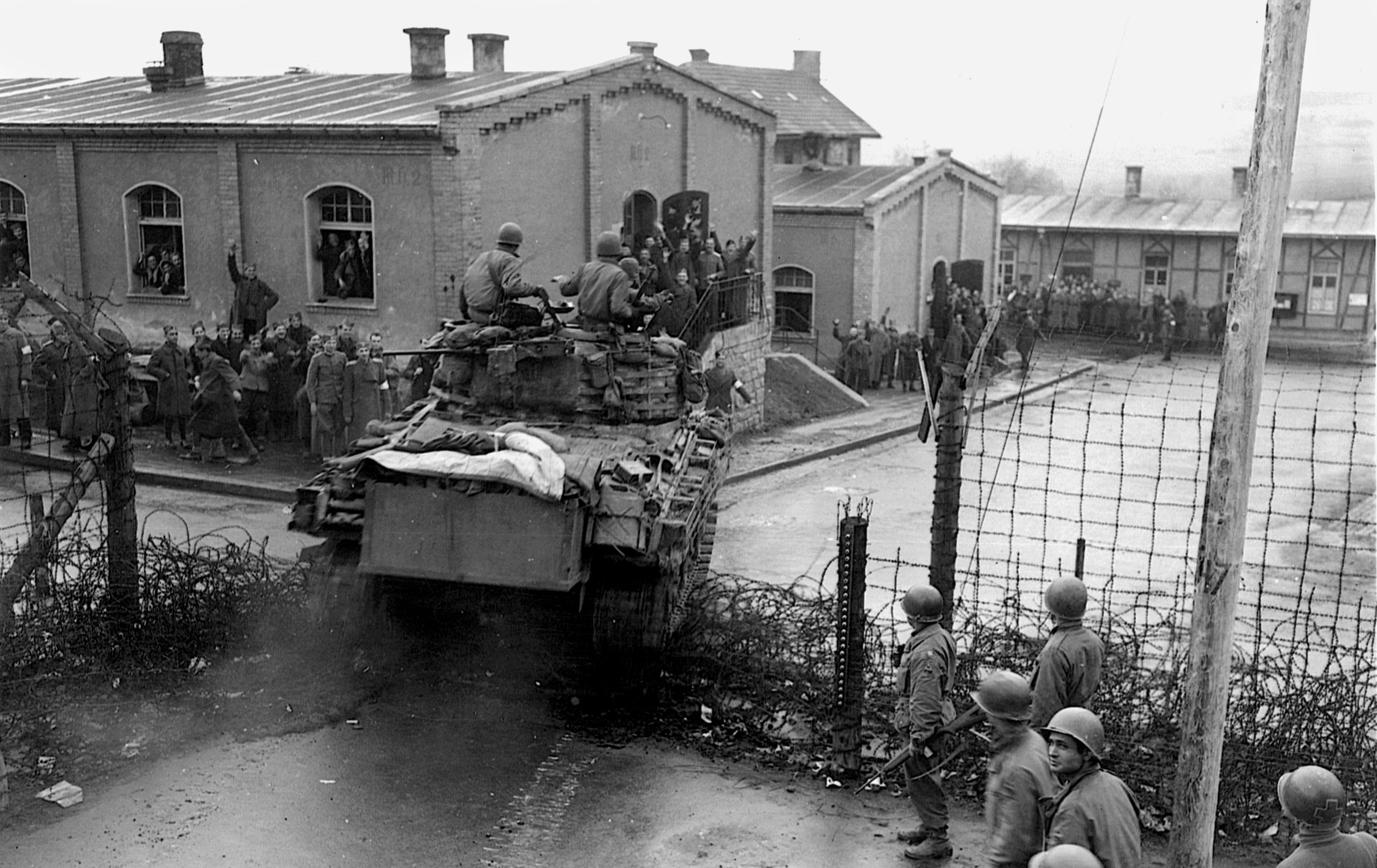
Join The Conversation
Comments
View All Comments